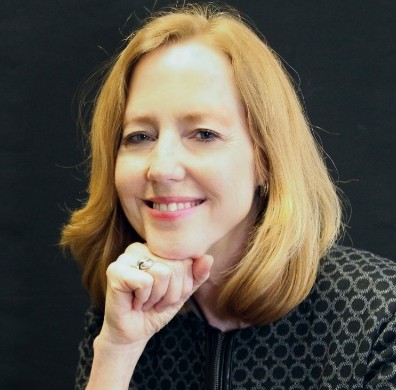A donor asked me if I was familiar with the organization USA Cares. The donor is very interested in supporting their efforts through the Texas Chapter. Since I didn’t know about the organization, I immediately turned to GuideStar to do a quick check of their tax status and especially to read their most recent IRS 990. Then I went to the website for USA Cares to learn even more about them. I satisfied myself with the basic information available from these two sites and let the donor know what I had learned. Right now, you’re thinking, I can’t believe she purposely read their IRS tax form, but it is loaded with information about an organization and can be very revealing. I had to control my curiosity and instinct to pick up the phone and make a phone call to learn more. I know if I make that phone call, it will send a signal to the organization that a donor is interested, and I don’t want to send the wrong signals unless the donor wants to know more. Exploring for information about an organization can be fast on the internet or more intensive with phone calls and visits. Each method gathers important information needed to help us decide where to invest our charitable donations.
Three Ways to Investigate – Three Levels of Information
1. Internet research – the organization’s website, GuideStar, other charity ranking groups like Charity Navigator, Charity Watch or Give Well, FaceBook or Twitter (Do you read the organization’s newsletter? It goes here on the list.)
2. Phone Calls and emails – phone calls and emails directly to the highest person you can get to at the organization and to friends, colleagues, or someone you think might know something about the organization.
3. Visit to the organization – includes tours, meetings with leadership, and board members – up close and personal.
Each method gathers important information you may want to know. Managing the process of gathering the information and expectations on the other end can be tricky. Sometimes it leads to unexpected outcomes. You might be like Christopher Columbus in 1492. He wasn’t looking for a new world when he set out from Spain. He was looking for a faster way to India. Often donors have something specific in mind, but as information develops, a new picture emerges. It might change your thinking or maybe just reinforce it.
That’s the way it is with donors and explorers.
One final note while I’m on the subject of Columbus. He was credited with saying, “Riches don’t make a man rich; they only make him busier.” So it is with a donor intent on doing good with riches, small or large. More to give, more to do to give. What’s your favorite way to gather information about an organization?


0 Comments